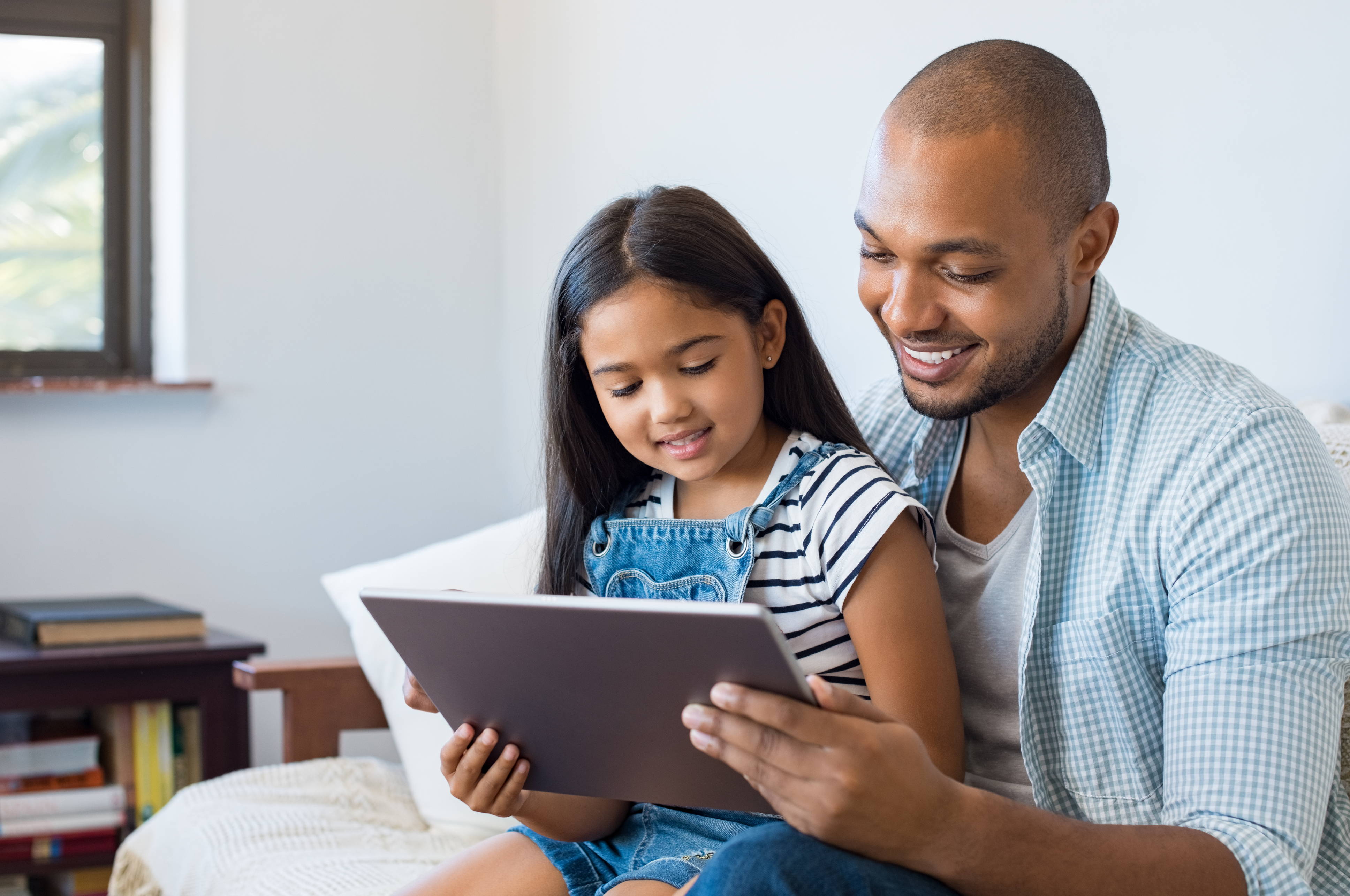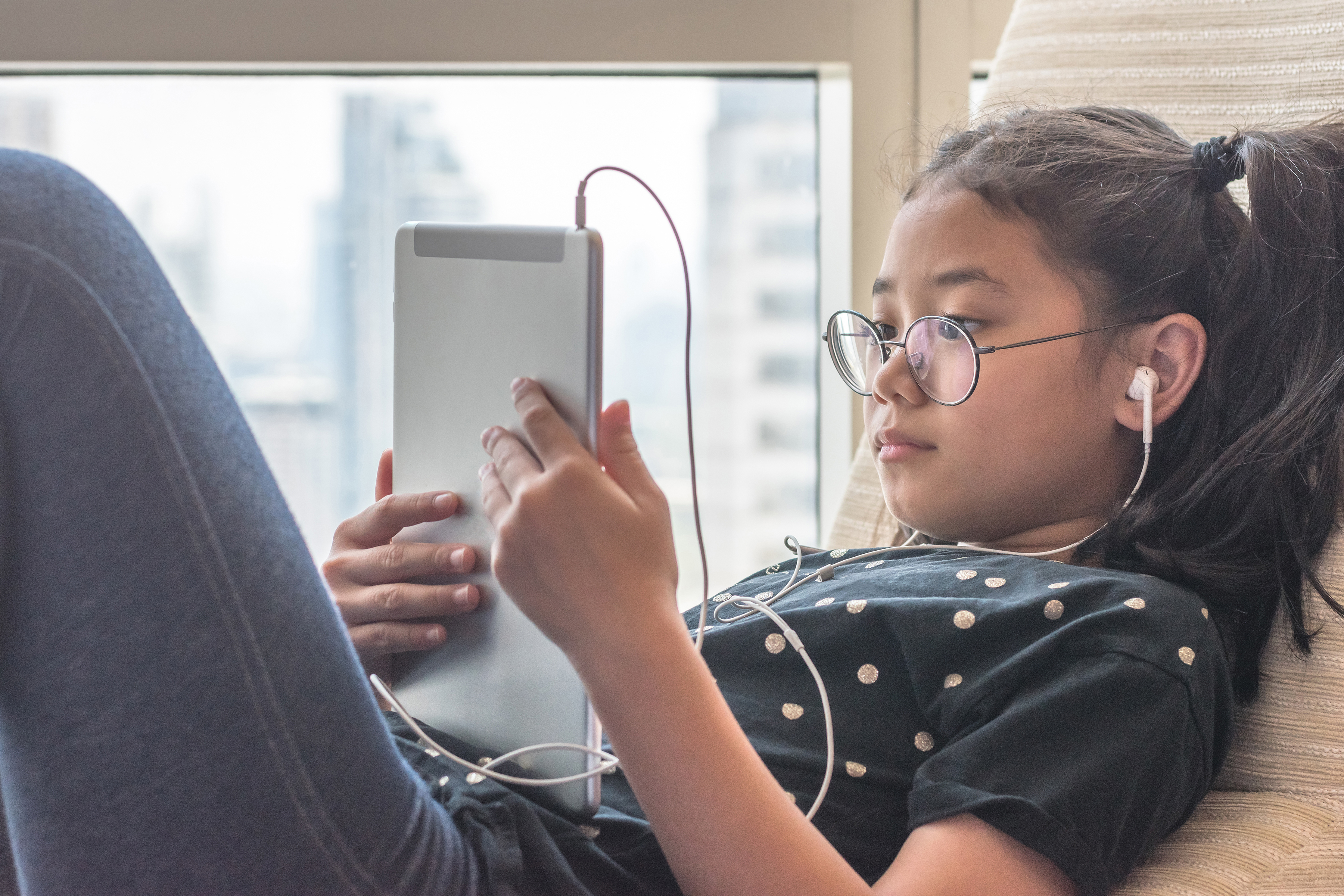Advice secondary menu
Technology settings and parental controls
What you need to know
Many apps and devices have features that allow you to control how your child uses them.
These include:
- Parental controls
- Privacy settings
- Blocking or limiting apps, including chat functions.
However, it’s also important to instil good online habits. That’s because your child might be using someone else’s device in a different environment, or be on public WI-FI.
Even if you’re unsure how to use some technology, you can learn enough to understand how to keep your child safe. There are many resources available that step through how certain apps work and how to change technical settings if you need help.
Once you’ve updated any app settings on your child’s device, check them regularly to make sure they’re still in place.
Parental controls are also one option available to you as a way to help manage your child’s activities and online access. There are many products available with different features so that you can find the best one for your family.
Advice for parents and carers
What can I do?
- Always supervise your child when they are online
- Research different parental control options for what best suits your family.
It’s never too early to start teaching young children about technology and online safety. The early learning resource Playing IT Safe can help you do this.
Playing IT Safe is a free resource developed for prior to school aged children. It’s an introduction to digital technology and online safety education and includes a series of play-based activities that children can undertake in early learning environments with educators, and at home with parents and carers.
You can access Playing IT Safe at http://www.playingitsafe.org.au
What can I do?
- Research different parental control options for what best suits your family
- Check whether the apps or services your child uses have a chat or instant message function and limit who can contact your child
- Choose the strongest privacy settings if your child is using interactive apps, games or sites
- Learn how use the block and report function on every game, app and website that your child uses.
If your child is in this age group they are most likely spending time playing online games and watching videos.
Spend some time researching the specific apps and devices your child uses so that you understand how they work. Learn how to change app settings, including turning off location services and enabling strong privacy settings.
Choose settings that limit your child’s online interactions, who they can play games with and who can contact them.
You might still allow for your child to play games and interact with school friends or family members. However, make sure your child is supervised, and any chat rooms are ‘private’ or locked down only to people your child knows and trusts.
If you can’t disable a chat function on an app or game, make sure your child knows to keep the conversation about the game or topic, and avoids giving out any personal information.
What can I do?
- Be aware of potential privacy challenges and discuss using strong settings
- Take steps to prevent inappropriate contact, including limiting direct or instant message functions
- Research whether parental controls are suitable for your family
- Know how to block and report on every game, app and website that your child uses.
As well as gaming or watching videos, your child may begin using social media platforms to connect with friends.
At this age, they may also start establishing boundaries between themselves and their parents or carers.
Your child may also be using their device to manage relationships, and could see close monitoring by their parents and carers as impacting their independence or privacy.
Maintain open and honest communication about how devices are used, with regular discussions about expectations and boundaries.
Being aware of the tools available including app settings like ‘private’ or ‘friends only’ can limit who can make contact with your child or who can see the content they share online. Strong settings are always recommended to avoid inappropriate contact from other users.
More information about privacy and privacy settings is available here.
There are also controls available for different devices, service providers and gaming systems. It’s worth researching any controls that are specific to your own circumstance and what your child is using.



